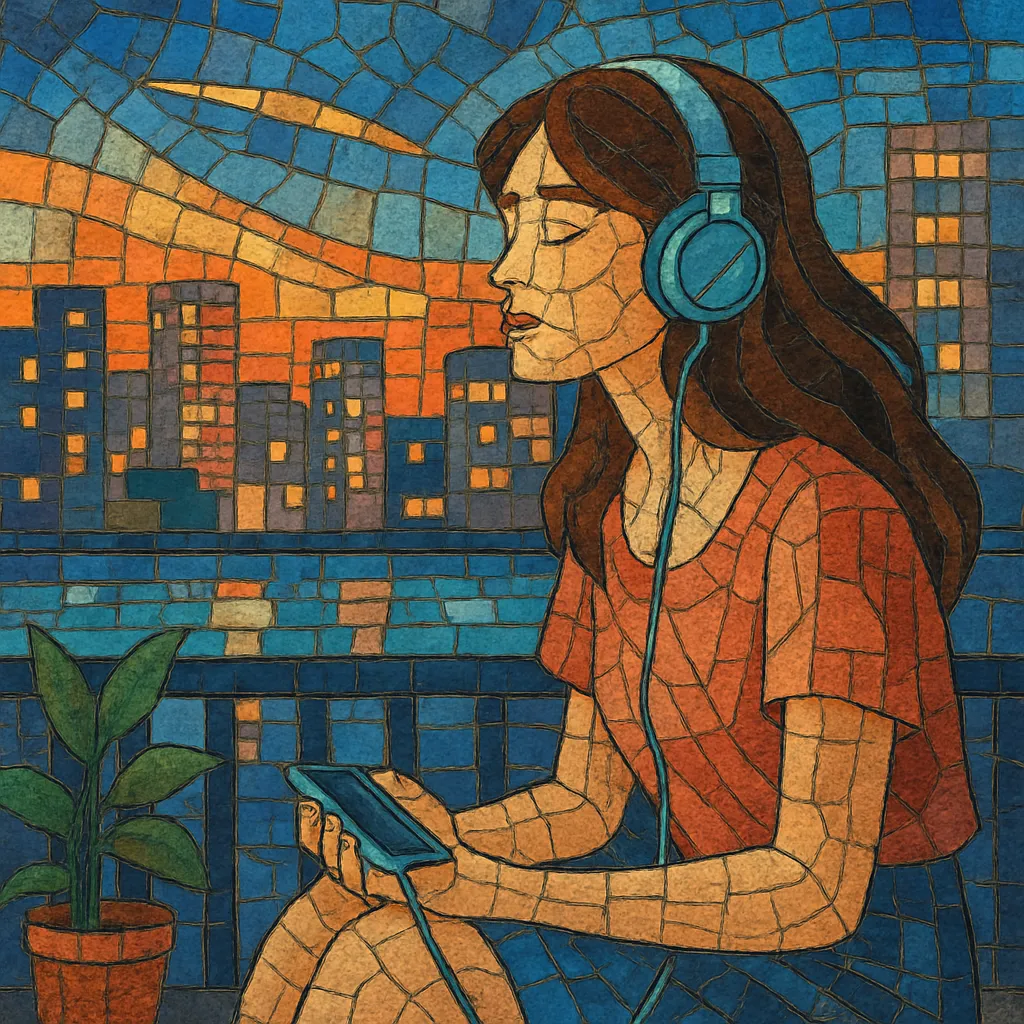City pop is a Japanese popular music style that blossomed in the late 1970s and 1980s, blending Western AOR, soft rock, funk, disco/boogie, jazz fusion, and early synth-pop with Japanese pop songwriting.
It is characterized by glossy production, sophisticated harmonies (maj7 and extended chords), slick session musicianship, and urban imagery—night drives, neon skylines, seaside resorts, and consumer-tech optimism.
Typical sound markers include chorus-laden clean guitars, Rhodes or DX7 electric pianos, fretless or punchy slap bass, silky background vocals, horn stabs, and drum machines or tight live drums.
Lyrically, city pop evokes adult contemporary themes of romance and independence during Japan’s bubble economy, projecting a cosmopolitan, aspirational lifestyle.
City pop emerged in Japan during the late 1970s as artists sought a modern, cosmopolitan sound mirroring the country’s rapid urbanization and rising affluence. Musicians with deep knowledge of Western AOR, soft rock, funk/boogie, and jazz fusion adapted those idioms to Japanese melodies and kayōkyoku traditions, aided by new studio technologies (multi-track recording, synthesizers, drum machines).
The genre crystallized around immaculate studio craft and adult contemporary themes. Charting albums showcased slick rhythm sections, complex yet breezy harmonies, and polished production. FM radio, car culture, and coastal imagery became synonymous with the music. Artists such as Tatsuro Yamashita, Mariya Takeuchi, Taeko Ohnuki, and Toshiki Kadomatsu defined the sound while labels and top session players elevated recordings to international studio standards.
As Japan’s bubble economy burst and domestic tastes moved toward other J-pop trends (idol pop, dance-pop, rock), city pop’s mainstream presence faded. Nevertheless, the records remained cult favorites among collectors and DJs, especially for their musicianship, audiophile production, and DJ-friendly grooves.
YouTube and algorithmic recommendations sparked a worldwide rediscovery—particularly via tracks like Mariya Takeuchi’s “Plastic Love.” Reissue compilations (e.g., Pacific Breeze) and online communities helped codify the genre’s identity for international audiences. City pop’s slick textures and nostalgic aura directly inspired vaporwave and future funk sampling cultures, then fed into broader retro-pop revivals across East and Southeast Asia. Today, classic albums are canonized while new "neo–city pop" artists update the palette with modern production and global pop sensibilities.
Aim for a sleek, urban sheen: imagine neon reflections on wet asphalt, late-night FM radio, and seaside highways. Keep performances tight but relaxed, with an emphasis on groove and polish.


